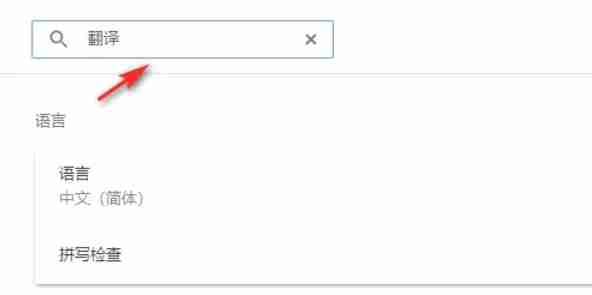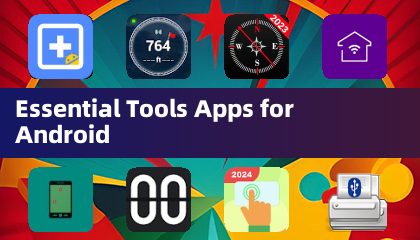Mastering Google Chrome's Webpage Translation: A Comprehensive Guide
Tired of language barriers hindering your online experience? This guide provides a step-by-step walkthrough of Google Chrome's powerful translation features, enabling seamless navigation of multilingual websites. Learn how to translate entire pages, selected text, and customize your translation settings for optimal efficiency.
Step 1: Accessing the Settings Menu
Locate and click the Chrome menu (usually represented by three vertical dots or three horizontal lines) in the upper right-hand corner of your browser window.

Step 2: Navigating to Settings
In the dropdown menu, select "Settings." This will open your browser's settings page.

Step 3: Locating Translation Settings
At the top of the settings page, you'll find a search bar. Enter "Translate" or "Language" to quickly find the relevant settings.

Step 4: Accessing Language Preferences
Once the search results appear, locate the "Languages" or "Translation" option and click on it.
Step 5: Managing Supported Languages
This section displays a list of languages supported by your Chrome browser. You can add new languages, remove existing ones, or rearrange their order of preference using the options provided.

Step 6: Enabling Automatic Translation
Crucially, ensure the option "Offer to translate pages that aren't in a language you read" is enabled. With this setting activated, Chrome will automatically prompt you to translate webpages written in languages other than your browser's default language, providing a seamless multilingual browsing experience.
By following these simple steps, you can unlock the full potential of Chrome's translation capabilities and enjoy effortless access to information across the globe.














![[18+] Starlewd Valley:Re!](https://imgs.dgmma.com/uploads/37/173149215167347937c925c.jpg)















